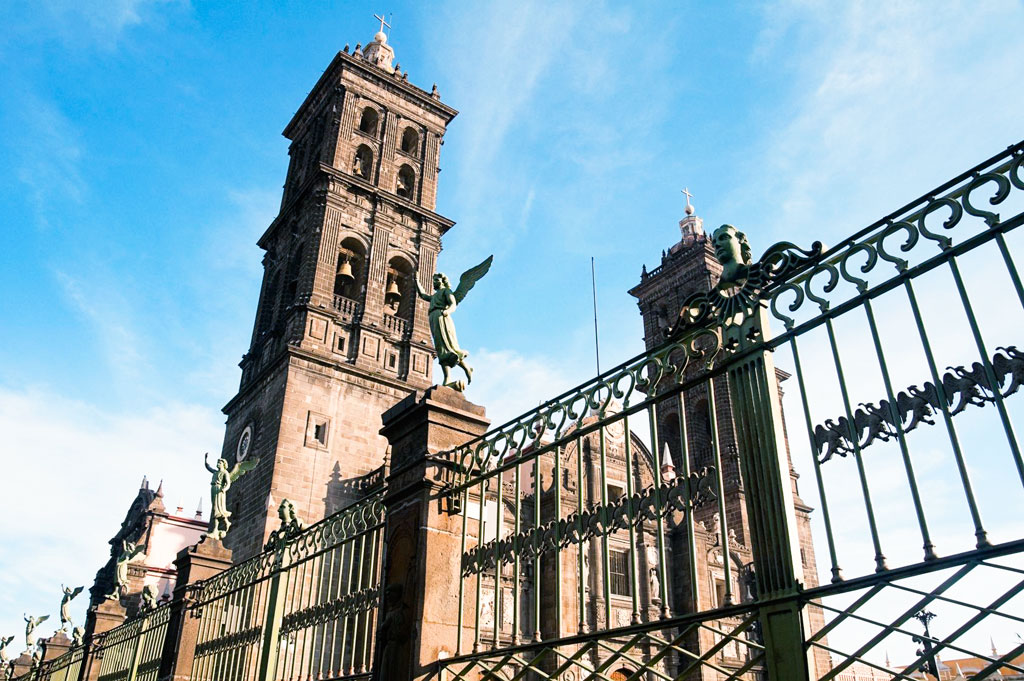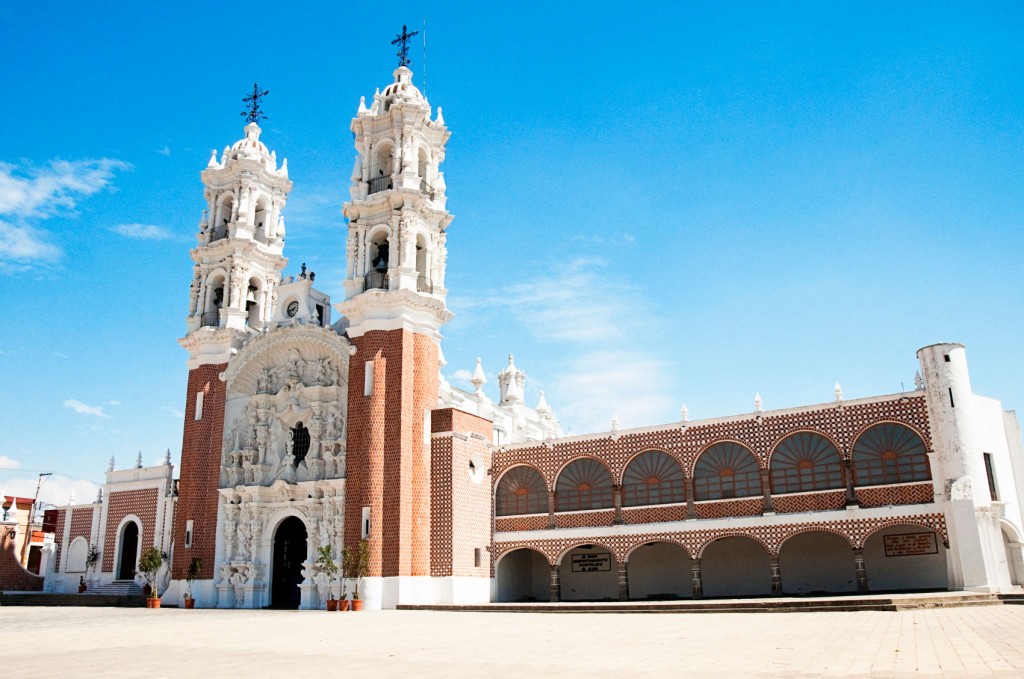14 Days 12 Nights Pilgrimage to Mexico &
Social Holiday to Los Angeles & San Francisco
26th March 2015 to 8th April 2015
Our Lady of Guadalupe
The basilica, the largest church in Hungary, is on Castle Hill, and its 72m-high central dome can be seen for many kilometres around. The building of the present neoclassical church was begun in 1822 on the site of its 12th-century counterpart destroyed by the Turks. József Hild, who designed the cathedral at Eger, was involved in the final stages, and the basilica was consecrated in 1856 with a sung Mass composed by Franz Liszt.
The grey church is colossal, measuring 117m long and 47m wide. Its highlight is the red-and-white marble Bakócz Chapel on the south side, which is a splendid example of Italian Renaissance stone-carving and sculpture. The chapel escaped most – though not all – of the Turks’ axes; notice the smashed-in faces of Gabriel and missing heads of other angels above the altar. The copy of Titian’s Assumption over the church’s main altar is said to be the world’s largest painting on a single canvas.
On the northwest side of the church is the entrance to the basilica’s treasury , an Aladdin’s cave of vestments and church plate in gold and silver and studded with jewels. It is the richest ecclesiastical collection in Hungary.
The door to the right as you enter the basilica leads to the crypt , a series of eerie vaults down 50 steps with tombs guarded by monoliths representing Mourning and Eternity. Among those at rest here is Cardinal József Mindszenty. It’s worth making the tortuous climb up to the cupola for the outstanding views over the city; the 400 steps leading up to it are to the left of the crypt entrance.
Jasna Gora Sanctuary in Czestochowa
It is the holiest place of Poland and one of the world’s most important destinations for pilgrims. The Jasna Gora (Bright Mount in Polish) sanctuary in Czestochowa, industrial city of 300,000 a ninety minutes’ drive northwest from Krakow, has been Central Europe’s spiritual hub for six centuries and it shows.
Every year several million pilgrims – commoners as well as celebrities – come here to pray before the miraculous picture of Our Lady of Czestochowa. The faithful has believed for ages that St. Luke the Evangelist himself painted the divine icon on a tabletop from the Holy Family’s house. Anyway, over the last half-millennium great number of them have had their prayers heard and, grateful, left innumerable votive offerings displayed in the sanctuary.
Small 15th-century Gothic chapel with Our Lady of Czestochowa’s holy picture, also known as ‘The Black Madonna’, is the heart of the sanctuary. It adjoins vast Baroque church of 1695. The fine 105-meter-tall tower crowned with viewing gallery dates back to 1620. The adjacent mid-17th-century early-Baroque monastery contains the Great Refectory of 1644, the Knight Hall of 1647, and the 18th-century library with unmatched collection of old books. Fortifications date from 1643 while majestic gates are a century younger.
St Mary’s Basilica, Krakow
The basilica of the Virgin Mary’s (or Kosciol Mariacki) at Krakow’s central Grand Square has been traditionally the temple of choice of the city’s burghers. It also seems to be the most famous of all Poland’s churches.
The Gothic edifice of the present St. Mary’s church replaced its Romanesque predecessor by the end of the 13th century. In 1365 a chancel was added and soon its splendid big stained-glass windows, of which three are still in place, were ready as well.
By the end of the 14th century the body of the church got its current form of a basilica. The taller (81 meters) of its two towers, with a fantastic Gothic spire of 1478 and a gold-plated crown of 1666, curiously belongs to the municipality and the Krakow signal is played from it every full hour. The lower tower (69 meters), with the 1592 Renaissance roof, accommodates five bells. Two of them date back to the late 14th century. In the Baroque front porch of the mid-18th century one finds two early-Gothic holy-water basins









